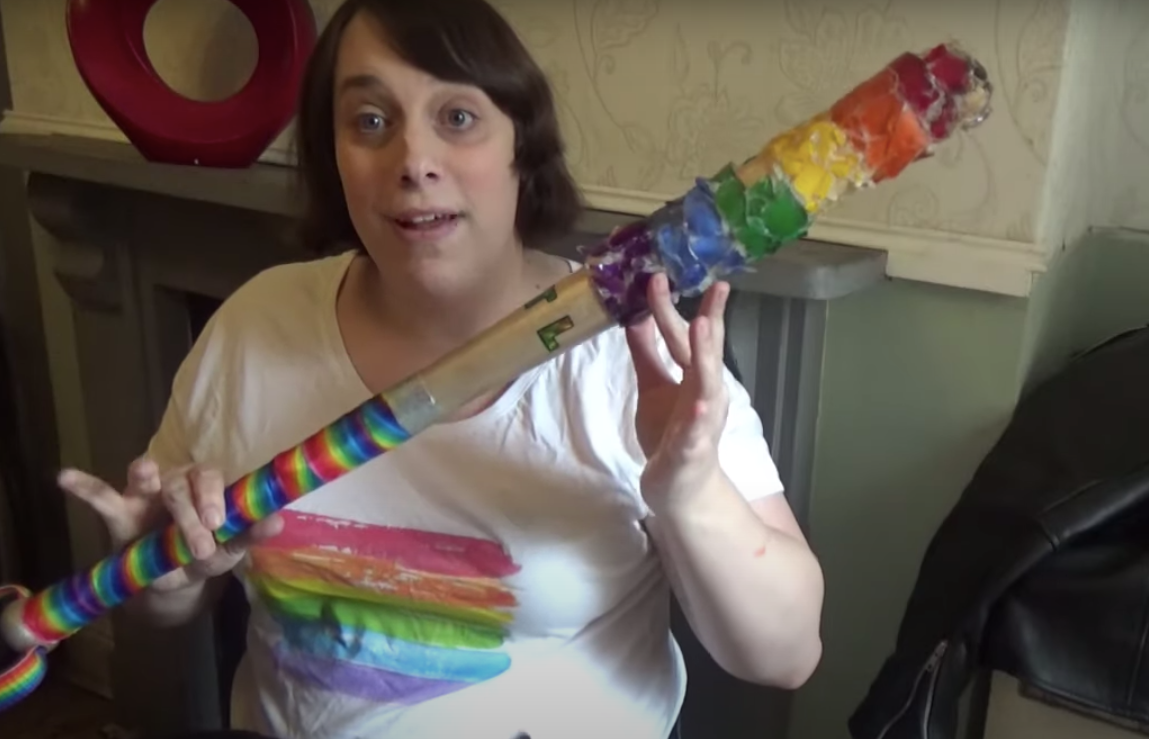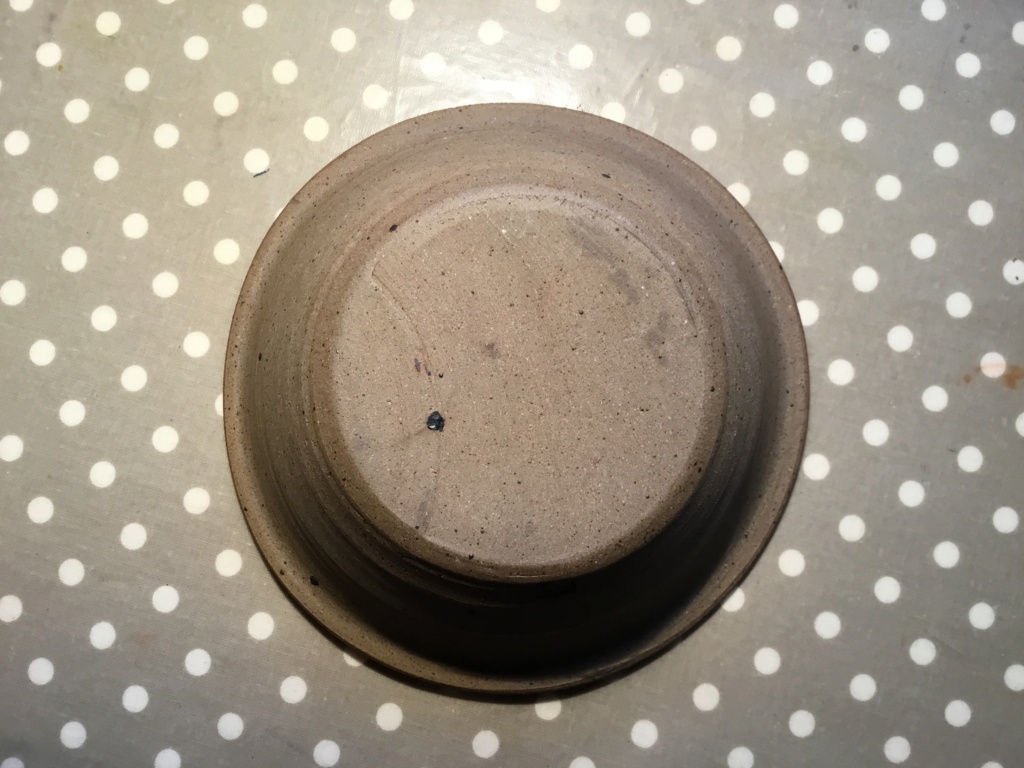
- #SEPARATION STUDIO 4 REGISTRATION MARKS HOW TO#
- #SEPARATION STUDIO 4 REGISTRATION MARKS PROFESSIONAL#
- #SEPARATION STUDIO 4 REGISTRATION MARKS FREE#
The two is determined by how the artist begins.īegins with a blank stretched screen and a monoprint starts with an They are made using an etching or litho press.

My second book published by Watson-Guptill, Water-Based Screenprinting Today, devotes a chapter to making a monotype, or monoprint with a screen, and showcases a variety of prints made by other artists working with me.Ī monotype or monoprint is simply a painting that is made using a printing process.
#SEPARATION STUDIO 4 REGISTRATION MARKS HOW TO#
First I tried various watersoluble crayons and pencils but soon discovered how to use watercolor and gouache to create unique monotypes and monoprints.

That's how I started making monotypes with a screen. When I was experimenting with perfecting my printing techniques with the water-based inks I started playing with other watersoluble materials to see if I could print them through the screen. The reason I wrote my first book, Screenprinting Water-Based Techniques, was to showcase the creative, high quality prints that were made with water-based inks and to assist serious printers and artists in their transition from an oil-based system.
#SEPARATION STUDIO 4 REGISTRATION MARKS FREE#
Every artist that I work with tells me how wonderful it is to work in a toxic free print shop. Even though there is nothing comparable to oil-based fast dry enamel and lacquer inks there is enough variety in the water-based line to make any health and environmentally concerned person switch. Createx inks work with a base and toner system and the color range is very good.
#SEPARATION STUDIO 4 REGISTRATION MARKS PROFESSIONAL#
There are also a few other companies like Standard inks in New York that will give you a good professional result. There are other manufacturers like Speedball who have greatly improved their water-based acrylic inks. Even the slippery quality of the ink is better. Today those inks have been reformulated and the sticking problems solved. All of those issues had to be dealt with. When you pull the squeegee across the screen it isn't as fluid as oil-based ink. The emulsion must be resistant to water but able to be reclaimed. Everything has to be blocked out from the inside of the screen not the back. When working with water-based inks you have to change your methods. There were problems particularly with ink not drying thoroughly and having prints stick together when they were stacked. So it took time to get the results that I needed. It's one thing to print your own art work and maybe accept some imperfection but not when you are editioning for other artists and major publishers like Pace Gallery. So between 1985-86 I tested and printed with their 1000 series. They offered a line of opaque water-based inks that they claimed was comparable to their oil-based line. They were recommended to me by a fellow printmaker. TW Graphics is a silkscreen supplier located in California. I could then add transparent base if need be, but I would also have the opacity if that were what the print required. I was a printer that was used to mixing colors from gallons of opaque ink with a large diverse palette. Some art colleges were using a toner and transparent base system but none of that was professional enough for the artists and galleries that I worked with. There were water-based inks out there at this time that were used for crafts in the schools but they had a limited, poor color range and because of the water content they also buckled the paper. But I knew it was only me, my clothes smelled of silkscreen ink. Once, when I was working for another print studio in New York City, and I was traveling home on the subway, I overheard two people commenting on how they thought they were painting the subway cars. I didn't realize that if something is poisoning you and the environment it can hardly be considered to be working well, even though the product looks good. Printers are a rigid breed and once they have developed a system of printing that works well, they are reluctant to change. It was after completing a forty color edition of 600 prints that I started to question what I was doing to myself, the environment and my students. Such a system was very costly and the college couldn't afford it.

Although there were fans there was no exhaust system to remove the bad air and replace it with fresh. At that time the Screenprint Workshop was a solvent-based facility with oil-based inks and naphtha and acetone as the cleaning materials. I also taught the screenprinting, etching and design classes at the college.

In that way it functioned as a teaching facility. It also permitted the students to have an opportunity to watch prints being made professionally by established and prominent artists. The Workshop was a unique facility that allowed artists to make limited editions of their art in collaboration with the masterprinter. Eighteen of those years were spent at The New York Institute Of Technology's Screenprint Workshop as their masterprinter-in-residence.


 0 kommentar(er)
0 kommentar(er)
